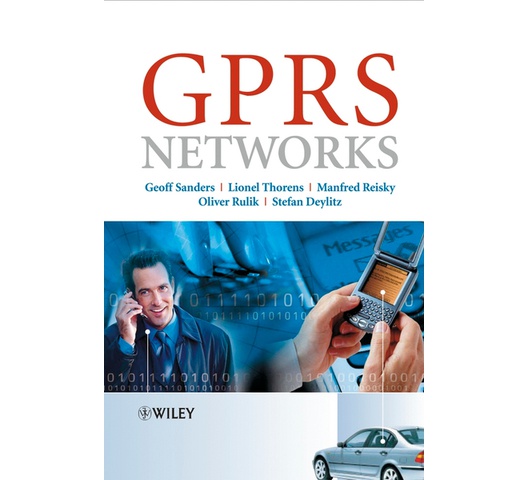
GPRS Networks
by Geoff Sanders, Lionel Thorens, Manfred Reisky, Oliver Rulik, Stefan Deylitz
GPRS represents the bridge between 2G and 3G mobile telecommunications and is commonly referred to as 2.5G.
Implementation of GPRS requires modification of the existing GSM networks in that GSM is a circuit switched technology while GPRS is packet oriented. GPRS enables packet data (the same as is used by an Ethernet LAN, WAN or the Internet) to be sent to and from a mobile station - e.g. mobile phone, PDA or Laptop.
WAP and SMS can also be sent using GPRS and individuals working with GPRS need to learn and understand how the mobile stations, the air interface, network architecture, protocol structures and signalling procedures must be modified.
GPRS offers much higher data rates than GSM and can be combined with 3G technologies such as EDGE to give even higher bit-rates. It offers many benefits for customers and network operators: such as volume (rather then time) dependent billing and more efficient use of network resources.
Due to the worldwide delay in implementing 3G solutions such as CDMA and UMTS the demand for GPRS is still growing.
GPRS Networks:
- Offers detailed information ranging from standards to practical implementation
- Answers 'how' and 'why' rather than just simply re-stating GPRS specifications
- Provides comprehensive coverage in a single volume
Essential reading for all telecommunications project managers, field engineers, technical staff in network operator and manufacturing organisations, GPRS application and service developers, Datacoms/IT engineers.
The comprehensive coverage also makes this a superb reference for students of computer science, telecommunications and electrical engineering.

Reviews
This product does not have any reviews yet.
Add your review
